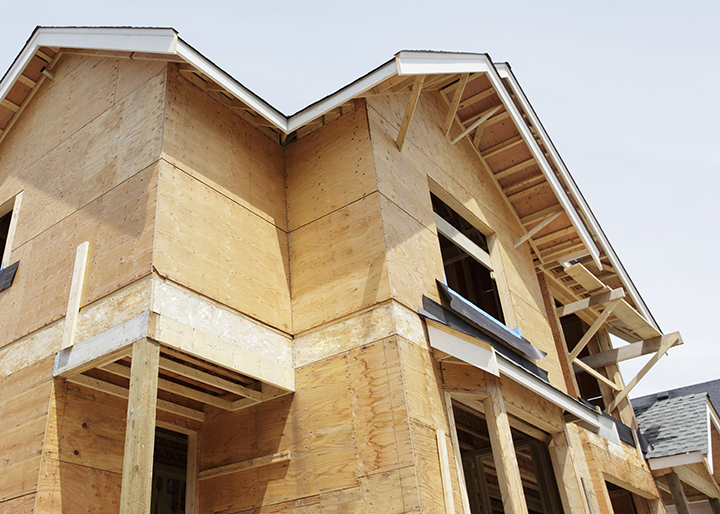The Buzz Behind Build-to-Rent
Analyzing the Differences Between BTR and SFR By Michael Cook Build-to-Rent (BTR)’s breakthrough in the Single-Family Rental (SFR) asset class is officially old news. In 2018, Toll Brothers teamed up with BB Living to create one of the first builder/operator partnerships. Other homebuilders quickly followed, developing their own line of BTR products by either creating their own property management division or partnering with established operators to manage a steady flow
Read More










